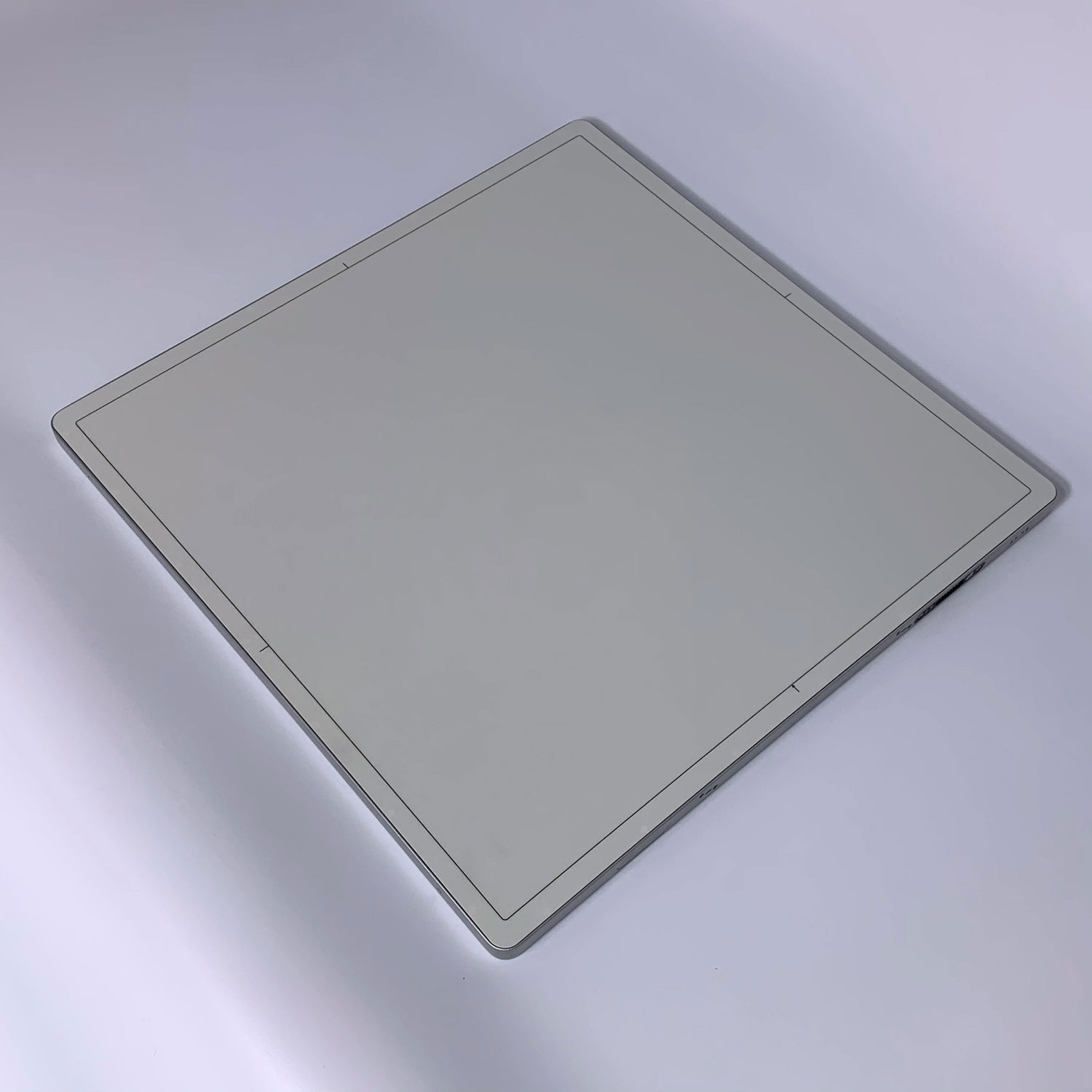The pixel size of an X-ray flat panel detector directly impacts image quality. Smaller pixel sizes generally result in higher spatial resolution and better image quality.
When an X-ray image is captured by a flat panel detector, the X-ray photons interact with the detector material, causing the release of electrons that are then converted into electrical signals. These electrical signals are collected and used to create the digital image.
With a smaller pixel size, more pixels are packed into the same area of the detector. This allows for a higher level of detail to be captured, resulting in higher spatial resolution. The smaller pixels can better distinguish and accurately represent small structures and fine details in the X-ray image.
On the other hand, larger pixel sizes may result in lower spatial resolution and a loss of fine details. This is because larger pixels have a limited ability to capture and represent small structures accurately.
However, it is important to strike a balance between pixel size and image noise. Smaller pixels can potentially increase image noise, which may degrade image quality. Manufacturers employ various techniques to mitigate noise and optimize image quality based on the pixel size chosen for a specific application.
In summary, a smaller pixel size in an X-ray flat panel detector generally leads to higher spatial resolution, allowing for better visualization of fine details in the X-ray image. Whatsapp:+86 18953679166. Email: service@newheek.com

Author:Newheek-Detector
Tel:+86 18953679166
Email:service@newheek.com
Company:Weifang Newheek Electronic Tech Co., Ltd.